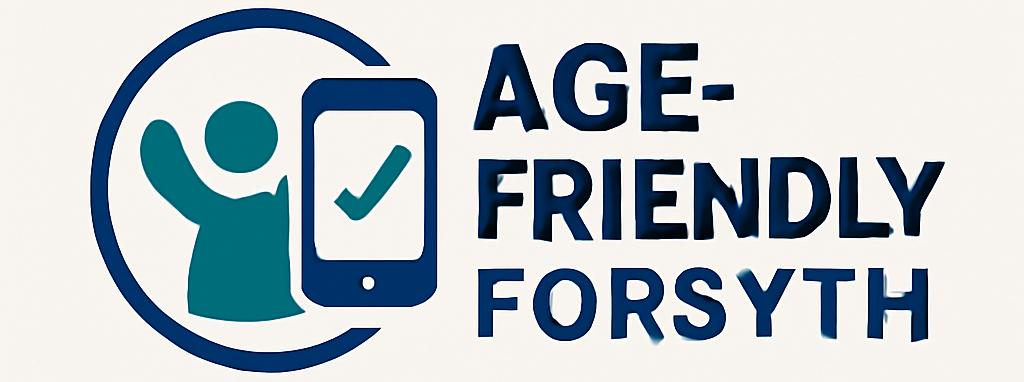Achieving a see-through or translucent effect on an Android application’s user interface involves modifying the attributes of the view or layout element. Several techniques can be employed, leveraging both XML declarations and programmatic code modification. Specifically, the `android:background` attribute in XML layout files can be set to utilize a color value with an alpha channel, controlling the level of transparency. For example, specifying `#80000000` assigns 50% transparency to the color black. Alternatively, within Java or Kotlin code, the `setBackgroundColor()` method, in conjunction with the `Color.argb()` function, allows for dynamic manipulation of the background’s transparency during runtime.
Transparency provides aesthetic appeal and enhances user experience by overlaying interface elements. It also facilitates displaying background information or content subtly. Historically, early Android versions presented challenges in achieving consistent transparency across different devices and Android versions. However, advancements in the Android framework and hardware acceleration have mitigated these issues, making transparency a more reliable and performant design choice. By integrating translucent elements, developers can construct complex user interfaces that convey depth, context, and visual interest.
